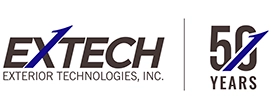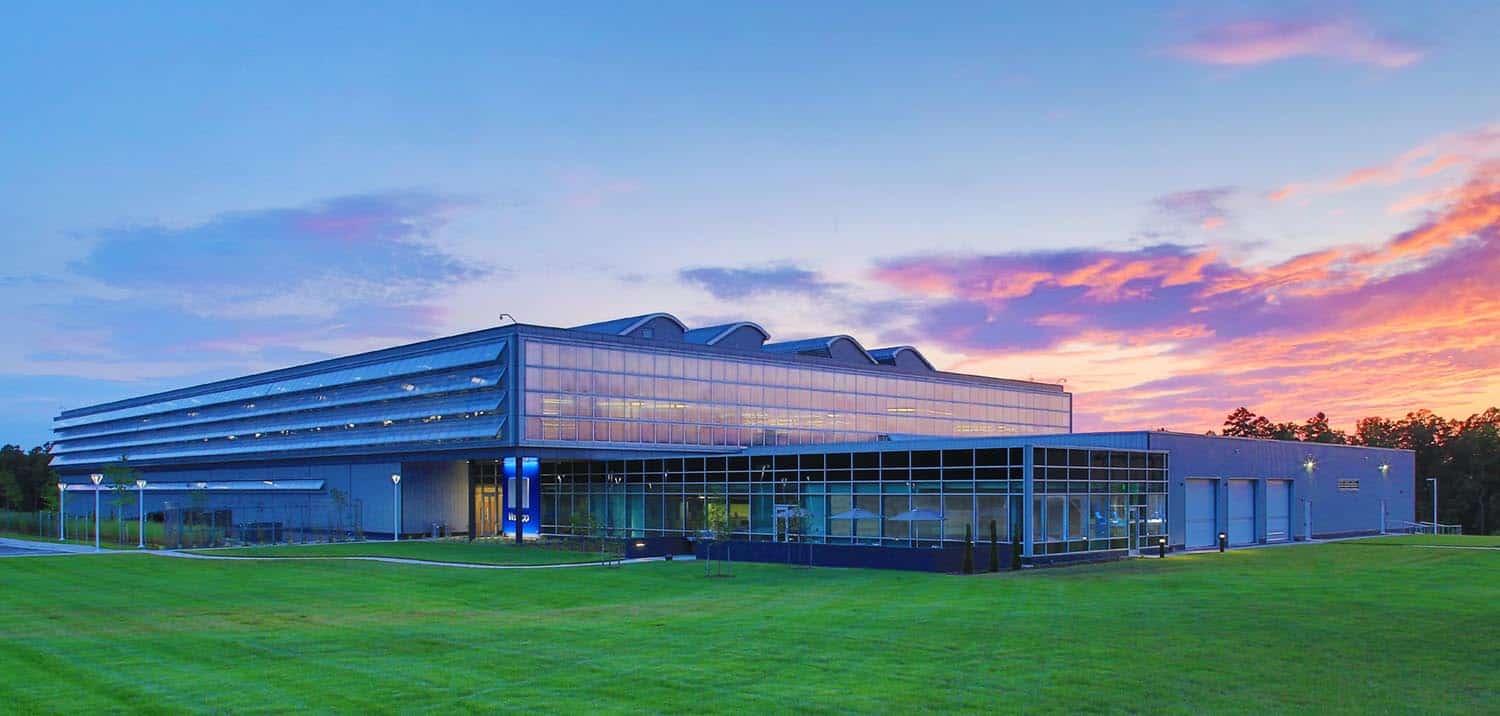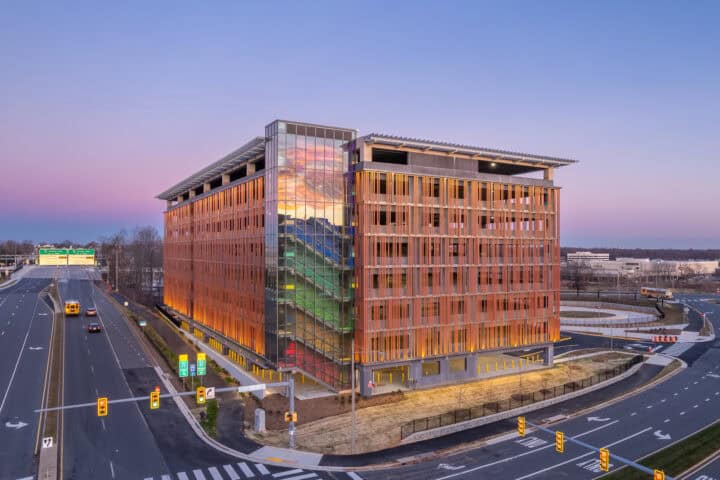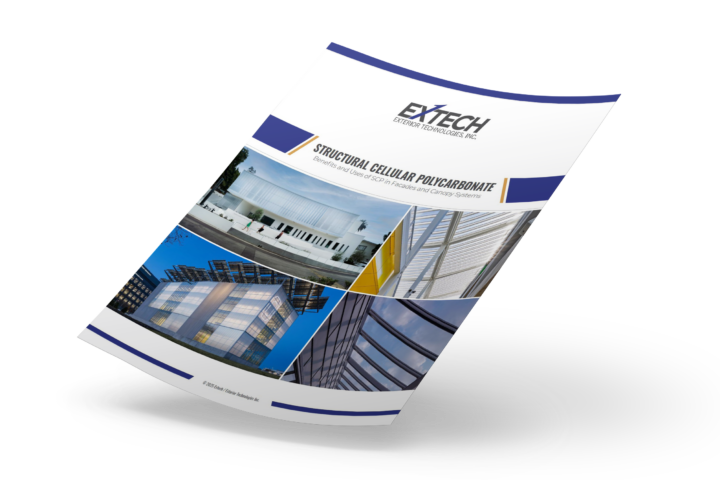Sustainability continues to be a big topic in the architecture and construction industries, and we have talked at length about the ecological benefits offered by our LIGHTWALL translucent wall systems. We now realize we haven’t given other EXTECH systems their proper credit, particularly our TECHVENT 5300 windows.
The TECHVENT 5300 has delivered a surprising amount of sustainability benefits for clients over the past 40 years. When the system was developed back in the late 1970s, “sustainability” wasn’t a buzzword. We were solely trying to create a window system that was robust, efficient, and provided the massive ventilation and daylighting industrial spaces need. As the years went by, we realized clients were interested in the inherent benefits of the TECHVENT 5300 because of its advantages for green building design.
What follows is a retrospective on three projects that leveraged the TECHVENT 5300 for its energy-savings, daylighting capabilities, and overall sustainability benefits.
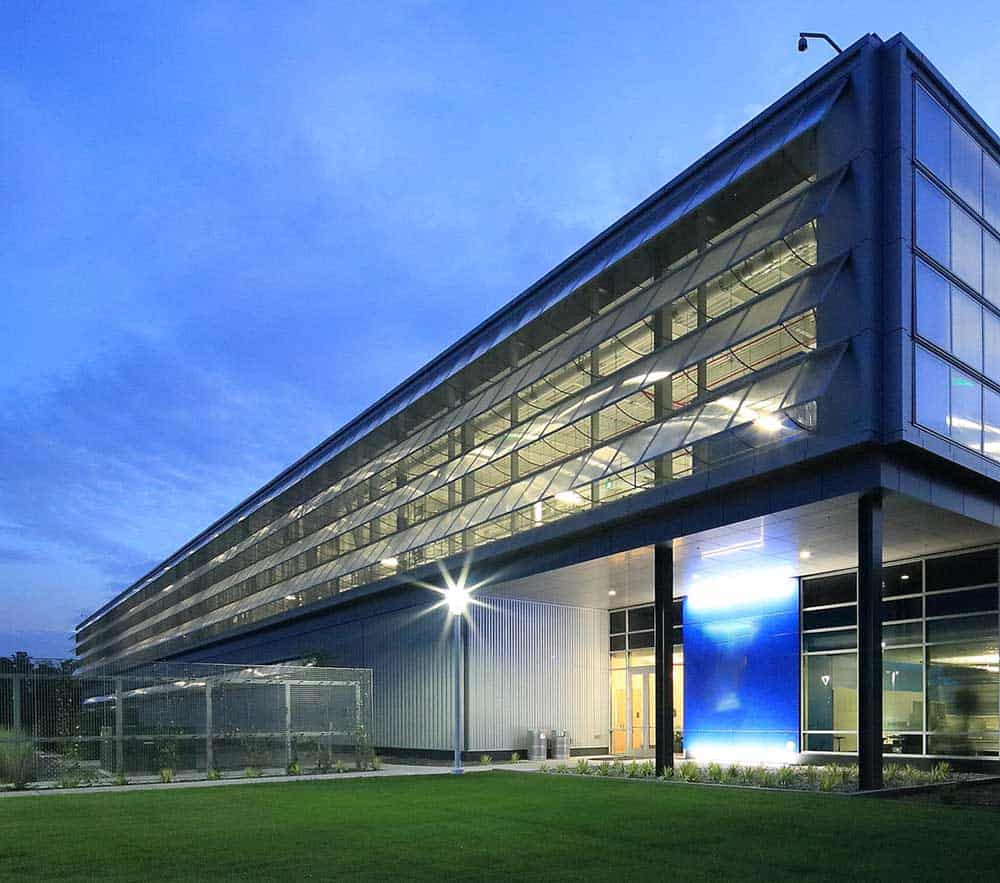
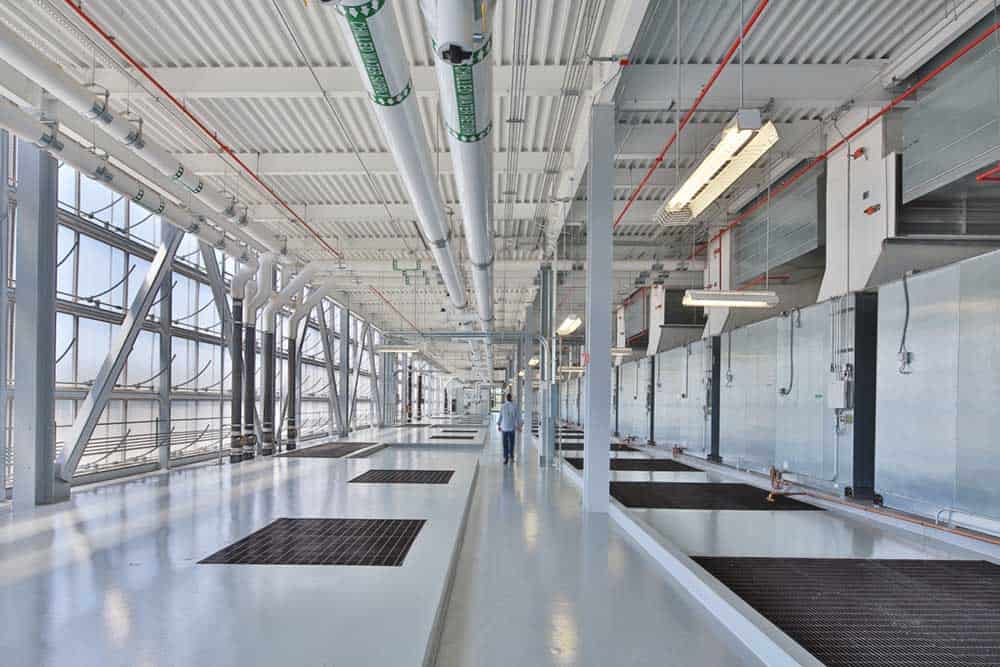
A drastic reduction in energy-consumption – Global Data Storage in North Carolina
A leading global technology provider specializing in cloud capabilities needed to expand their research and development facility. While their need was immediate, the expansion couldn’t be hasty – it had to meet the client's high sustainability and energy-conserving standards.
The new facility needed to maximize its Power Usage Effectiveness (PUE), a metric that measures how efficiently a computer data center uses energy. Computer systems generate a lot of heat when they run and must be cooled to keep them from overheating. Typical PUEs for data centers are around 2.0. An ideal and outstanding PUE is 1.0, and is very difficult to achieve.
The architect’s original concept utilized pneumatically controlled louvers. EXTECH proposed an alternate arrangement utilizing our TECHVENT 5300 system in continuous runs that were motorized and integrated with the building’s HVAC control system. This integration allowed the HVAC system to utilize natural ventilation for cooling purposes while still admitting daylight for additional energy-savings. The TECHVENT 5300 was used for approximately 22,000 square feet of operating and fixed windows with the resulting effect of a 1.14 PUE.
Meeting rigorous environmental codes – Martin Luther King Jr. High School in California
Martin Luther King, Jr. middle school in Berkley, CA needed to update their school gymnasium with a window system that reflected environmental friendliness and energy-efficiency. California is rigorous when it concerns its state-wide and regional building codes for energy efficient materials – this meant standard ASTM documentation would not suffice. EXTECH worked closely with the project architect to make sure the TECHVENT 5300 was subjected to every test and met every required standard. Getting the TECHVENT 5300 approved required several rounds of performance testing before the bid package was published.
The TECHVENT 5300 was used in the school’s gymnasium due to its natural ventilation capabilities and the fact that it can be left open while raining. The translucent polycarbonate glazing delivered diffused daylight, and the mechanical operating system made it easy for maintenance crews, teachers, and coaches to open and close the windows as needed, without tools or ladders.
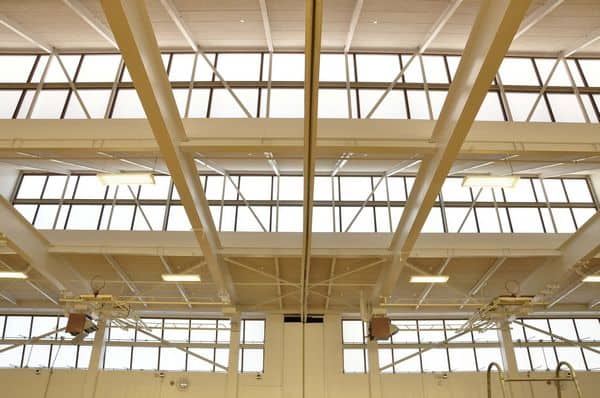
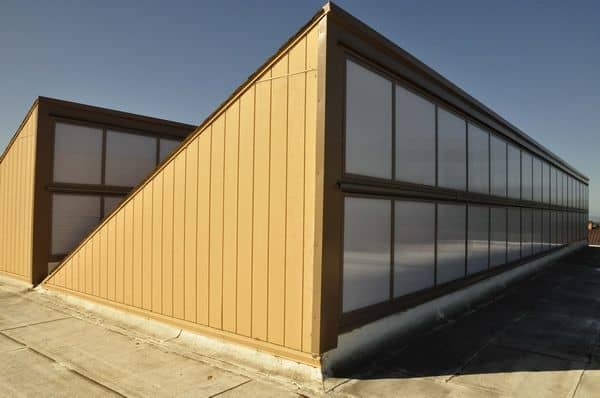
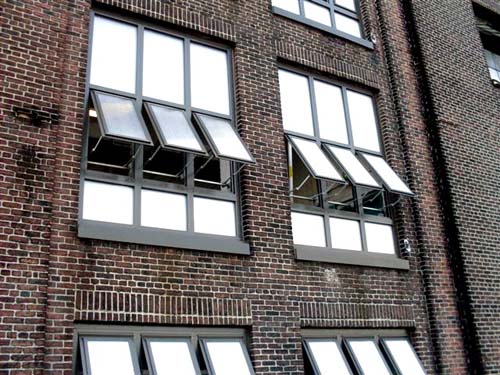
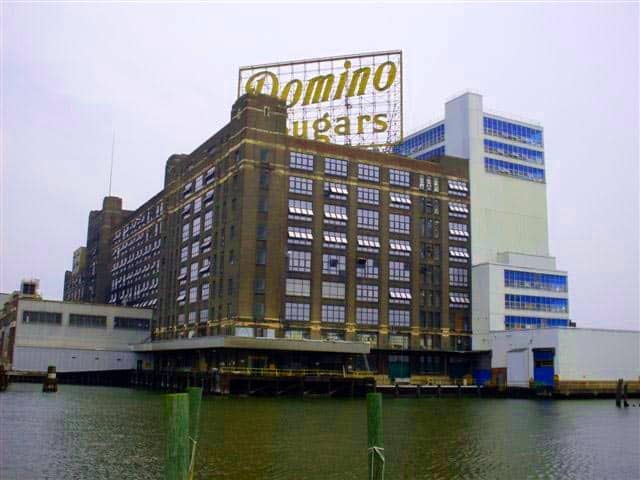
Ventilation, recyclability, + robust design – Domino Sugar Factory in Maryland
The Domino Sugar factory in Baltimore, Maryland was built at the turn of the 20th century. In 2015, the factory needed to replace many of its steel sash windows, and the TECHVENT 5300 was chosen due to its massive ventilation, safety, 100% recyclability, and robust design.
Because of the natural ventilation offered by the TECHVENT, the factory was able to reduce the demand on the cooling system, saving money and protecting their HVAC system. The polycarbonate glazing removed the risk of shattered glass falling into the sugar, and the robust design of the aluminum framing provided resilience to the industrial environment, humidity, and inclement weather that impacts the Atlantic Coast.
